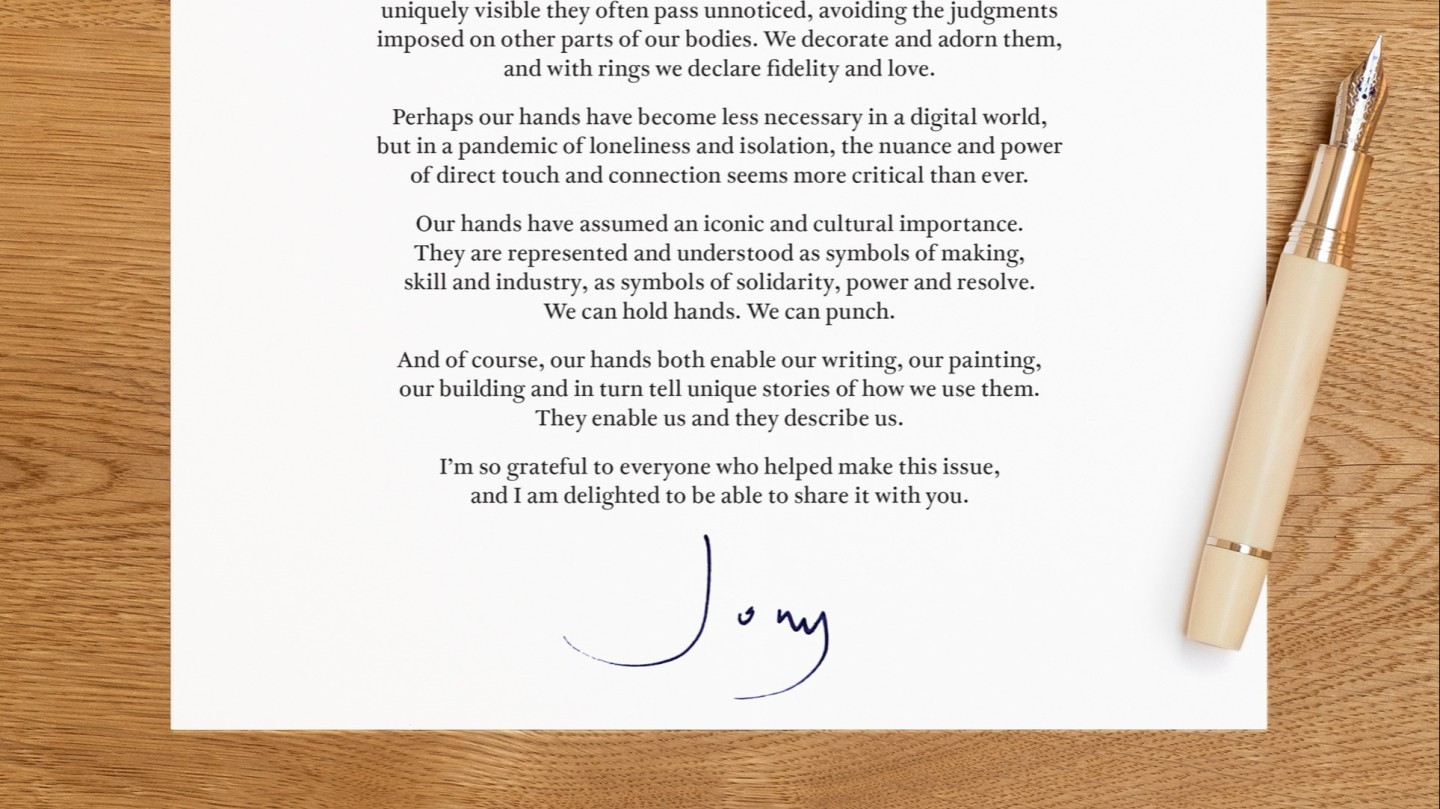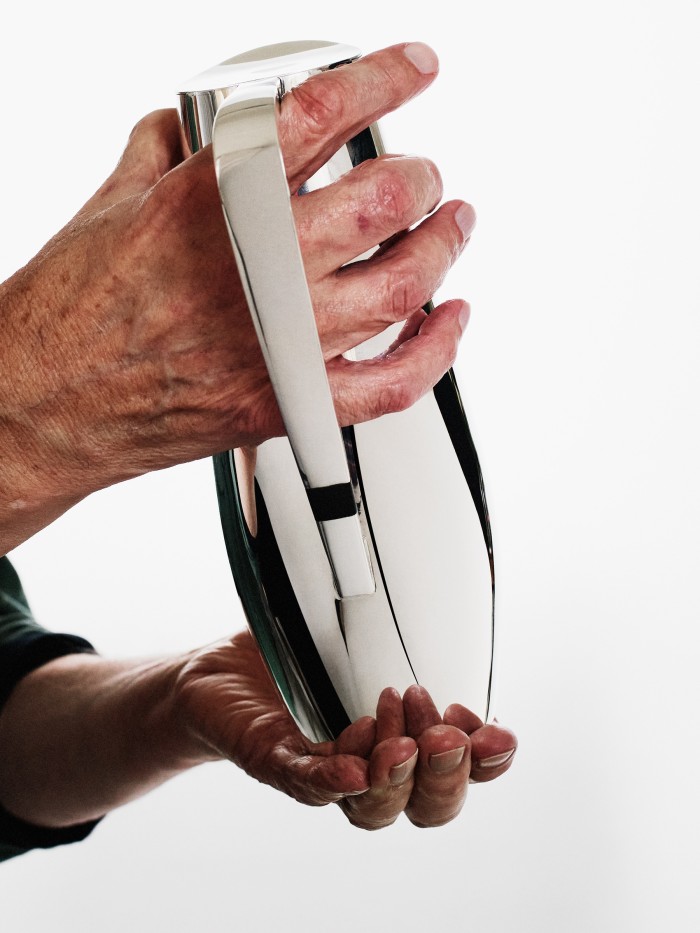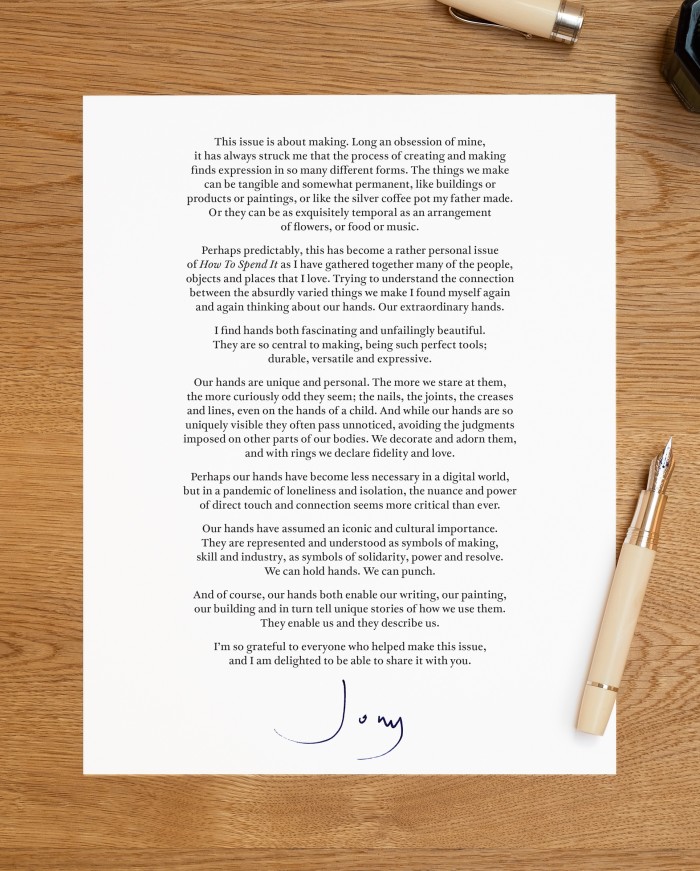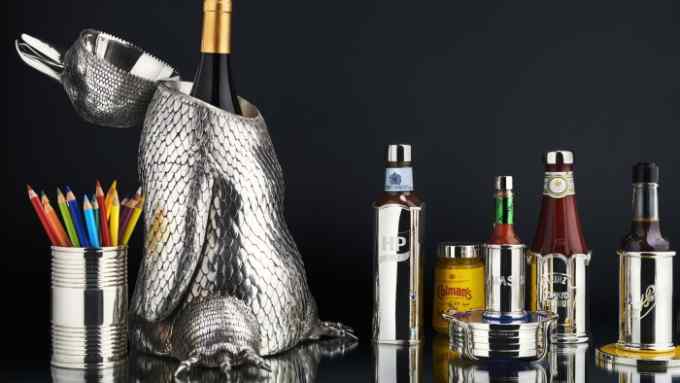Introducing the Jony Ive guest edit

Roula Khalaf, Editor of the FT, selects her favourite stories in this weekly newsletter.
There are few people who have not been touched by Jony Ive’s designs, but the man behind them remains a quiet, lesser-known character, preferring mostly to let his work speak for itself. Under the aegis of the LoveFrom team in San Francisco, this second guest-edit issue of HTSI looks at makers and creators. A rare opportunity to share Jony’s passions, interests and the personalities he finds inspiring, the magazine’s focus is on the craft of the hand. The project started with a simple cover concept: Jony asked that we shoot his father’s hands.

Michael Ive was a silversmith. And, as Jony explains, it was watching his father in his workshop that first ignited his interest in craftsmanship and the specificities of raw materials that could be reimagined in so many different ways. The cover, shot by David Sims, finds father and son connected through a handhold – a pure expression of paternal love, connectedness and the wisdom we might pass on.

In the second image (above), Michael holds a silver coffee pot he made in his workshop many years ago. As a study of functionality, of considered symmetry, simplicity and beauty, the pot reflects the same design ethos Jony still embodies in his work today. As a design narrative, it brings the story full circle. Whether Jony is approaching an Apple Watch, a Ferrari, or indeed the pages you will see here, it’s clear that the combination of deep care and creative magic is writ large in the family DNA.
A letter from Jony Ive

This issue is about making. Long an obsession of mine, it has always struck me that the process of creating and making finds expression in so many different forms. The things we make can be tangible and somewhat permanent, like buildings or products or paintings, or like the silver coffee pot my father made. Or they can be as exquisitely temporal as an arrangement of flowers, or food or music.
Perhaps predictably, this has become a rather personal issue of How To Spend It as I have gathered together many of the people, objects and places that I love. Trying to understand the connection between the absurdly varied things we make I found myself again and again thinking about our hands. Our extraordinary hands.
I find hands so fascinating and unfailingly beautiful. They are so central to making, being such perfect tools; durable, versatile and expressive.
Our hands are unique and personal. The more we stare at them, the more curiously odd they seem; the nails, the joints, the creases and lines, even on the hands of a child. And while our hands are so uniquely visible they often pass unnoticed, avoiding the judgments imposed on other parts of our bodies. We decorate and adorn them, and with rings we declare fidelity and love.
Perhaps our hands have become less necessary in a digital world, but in a pandemic of loneliness and isolation, the nuance and power of direct touch and connection seems more critical than ever.
Our hands have assumed an iconic and cultural importance. They are represented and understood as symbols of making, skill and industry, as symbols of solidarity, power and resolve. We can hold hands. We can punch.
And of course, our hands both enable our writing, our painting, our building and in turn tell unique stories of how we use them. They enable us and they describe us.
I’m so grateful to everyone who helped make this issue, and I am delighted to be able to share it with you.
– Jony

Comments